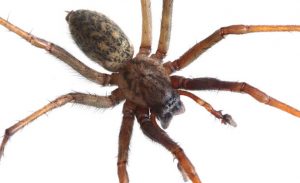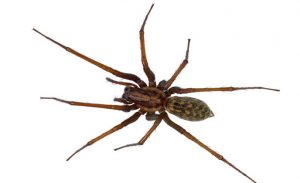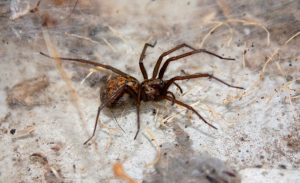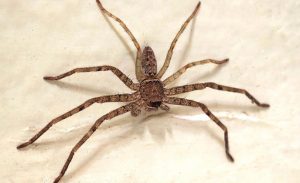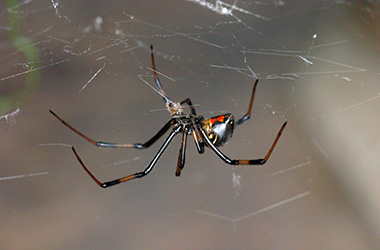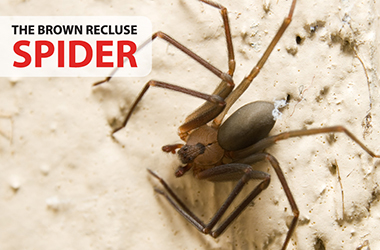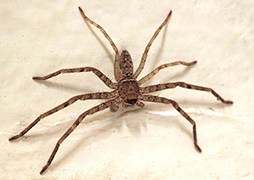
Hobo Spider Facts
- Name: Their name “Tegenaria agresti,” may have been mistakenly translated to “aggressive” when the actual translation means “of the fields,” as European hobo spiders have not adapted to household living.
- Color: Brown
How to Identify Hobo Spiders
This species is known as western hobo spiders due to their European origins and their ability to move fast. Hobo spiders are aggressive house spiders that were accidentally introduced to the US in the 1980s by commercial shipping of European goods to the Northwestern US.
Hobo spiders belong to the funnel weaving spider family, but should not be confused with Australian funnel web spiders. Hobo spiders spin entangled, silk threads in horizontal layers that serve as nests, detection devices and traps for potential prey. A great deal of controversy surrounds hobo spiders, from their confusion with Australian web funnel weavers to their mistaken identities as brown recluse spiders or wolf spiders.
Hobo Spider Behavior
Hobo spiders spin their funnel shaped webs in dark, damp places, such as basements and crawlspaces of homes. Preying on various insects and other spiders, hobo spiders wait in their webs for victims that they attack and consume at the narrow end of their webs. Despite their reputation as aggressive house spiders, hobo spiders only attack when provoked or threatened. Because they are extremely protective, hobo spiders will bite to defend their egg sacs. Most humans who experience hobo spider bites have usually unwittingly stumbled upon them in dark areas.
- How to Get Rid of Them
- Infestation
- Bites and Treatment
Spiders Photos
4 Seasons Pest Control

Satisfaction Guarantee
What it includes*
-
Ants
-
Crickets
-
Fleas
-
Mice
-
All Roaches
-
Scorpions
-
Spiders
-
Ticks
-
Wasps
-
Other*

